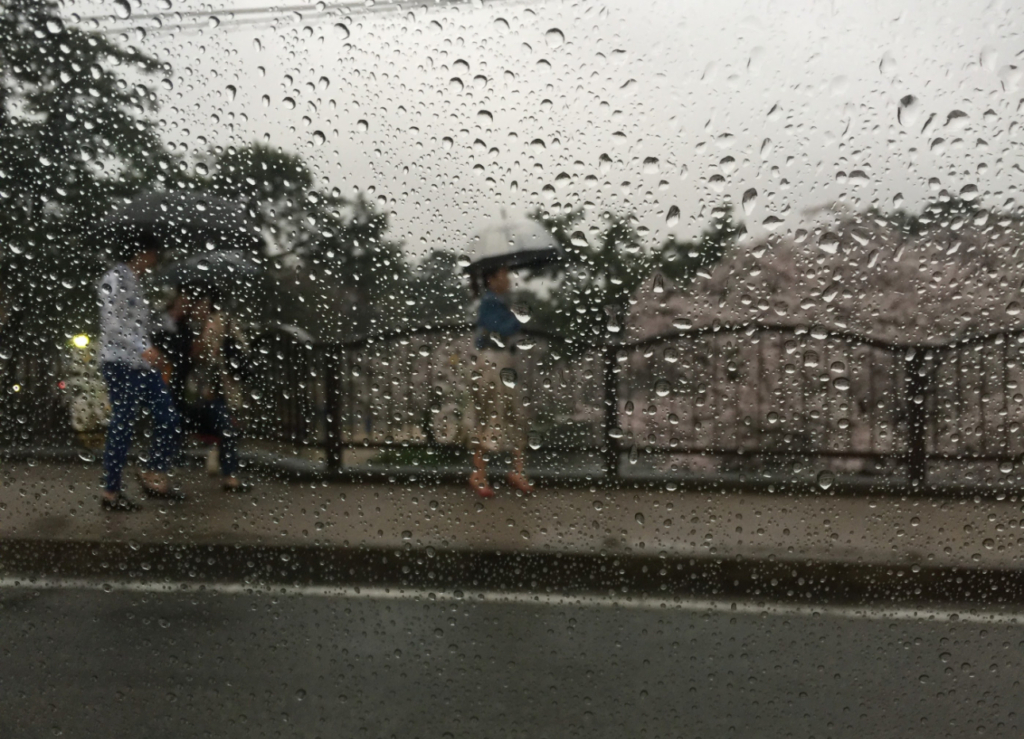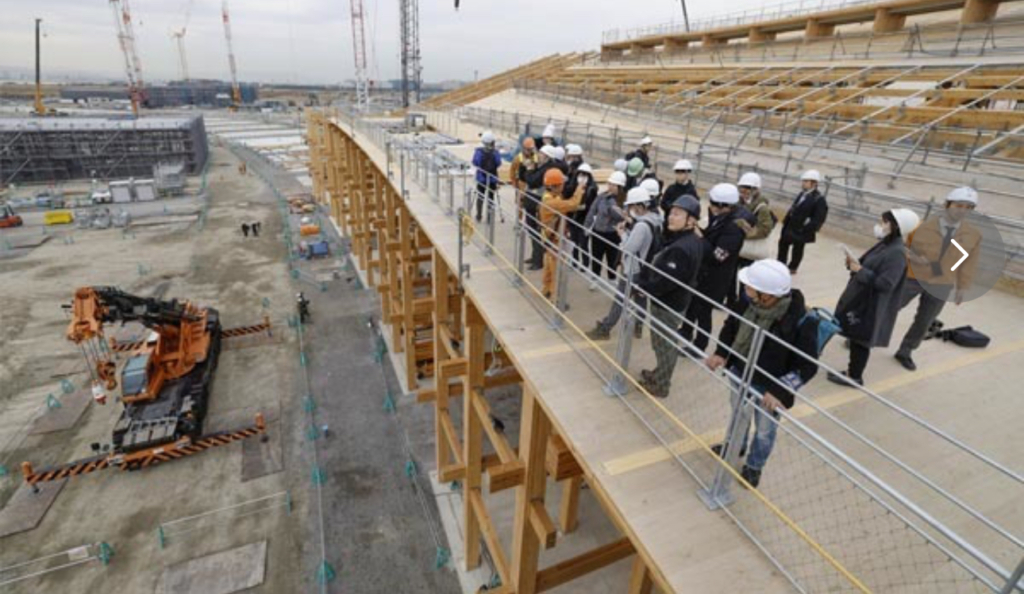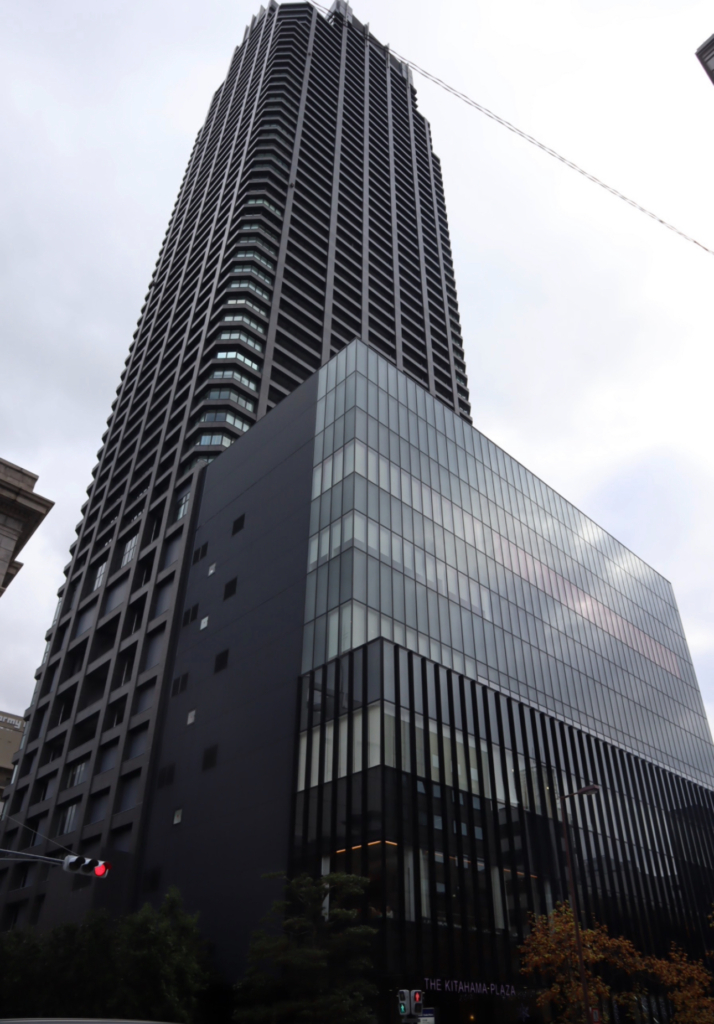
he photo is of The Kitahama, a residential building our company leases to foreign diplomats.
Recently, a friend reached out to me via LINE, concerned about a news report regarding an incident at the Yokohama Arena, managed by a Tokyo-based real estate firm specializing in foreign clientele.
He questioned, “Why do such terrible incidents frequently occur in the real estate sector?”
My clientele mainly comprises foreign governments and multinational corporations, known for their impeccable manners and integrity. We’ve never encountered fraud or similar issues.
I explained to my friend that real estate transactions often involve high stakes and complex dealings, making the field susceptible to fraudulent activities and disputes. The physical nature of real estate, entangled with intricate legal rights and land issues, often becomes a ground for conflict.
Understanding dawned upon him as he responded with a simple “I see.”
Expert opinions suggest that the stagnation in the construction of foreign pavilions for the Osaka Expo is largely due to numerous brokers mediating between foreign governments and Japanese construction companies.
If this is indeed the case, a critical examination and restructuring of these intermediary broker roles might be essential for progress.
#RealEstateIntegrity #Expo2025 #OsakaExpo #ConstructionChallenges #BrokerMediation #BuildingTrust #ProjectManagement #GlobalStandards

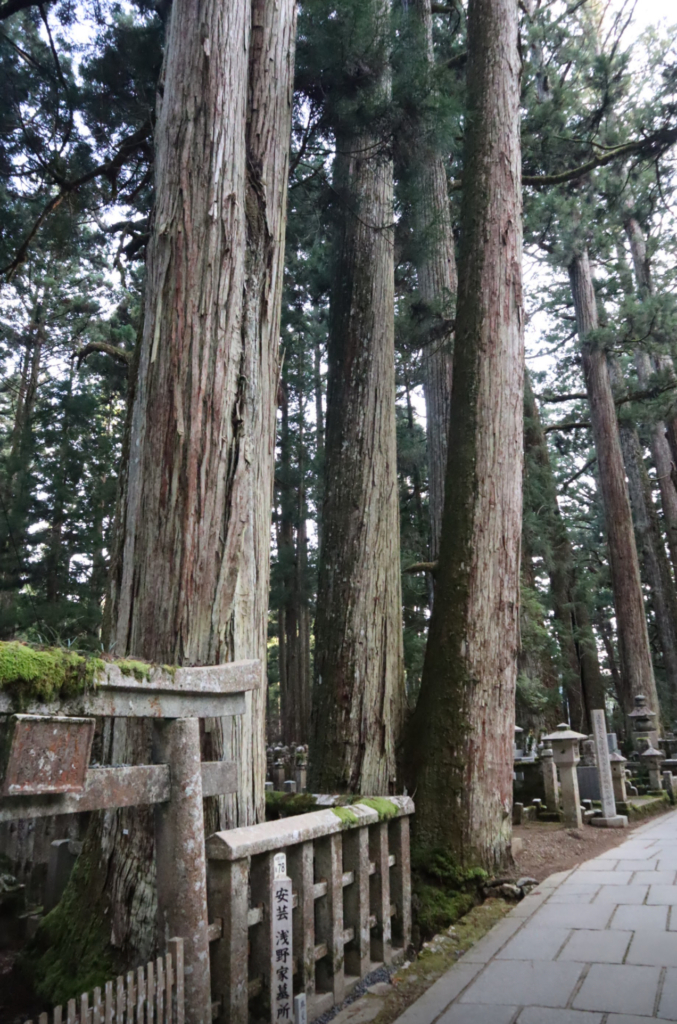
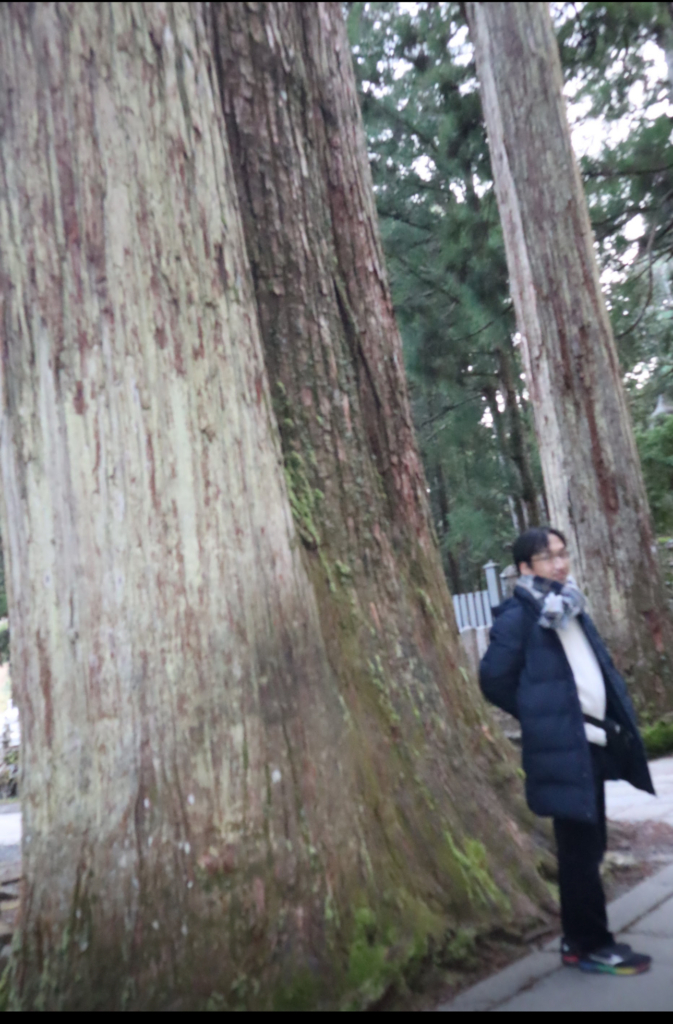
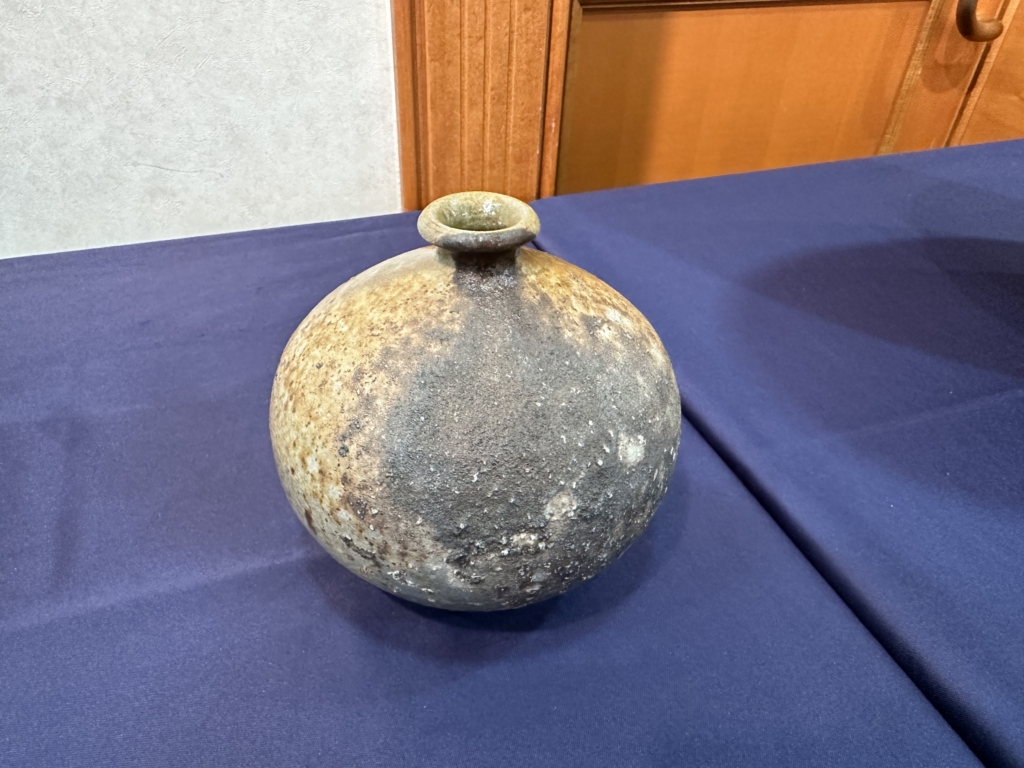
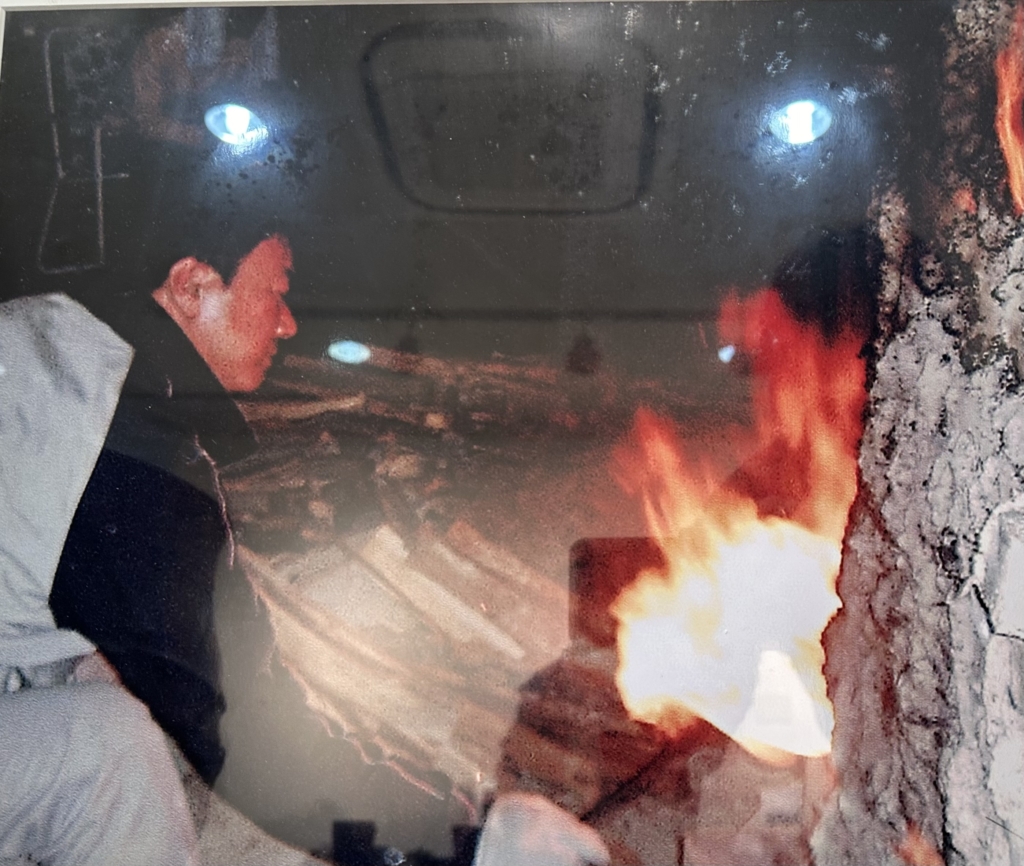
 Unlike electric kilns, Tamba pottery is wood-fired, allowing for the serendipity of nature to play a role in the design, often resulting in unexpected and unique colorations.
Unlike electric kilns, Tamba pottery is wood-fired, allowing for the serendipity of nature to play a role in the design, often resulting in unexpected and unique colorations.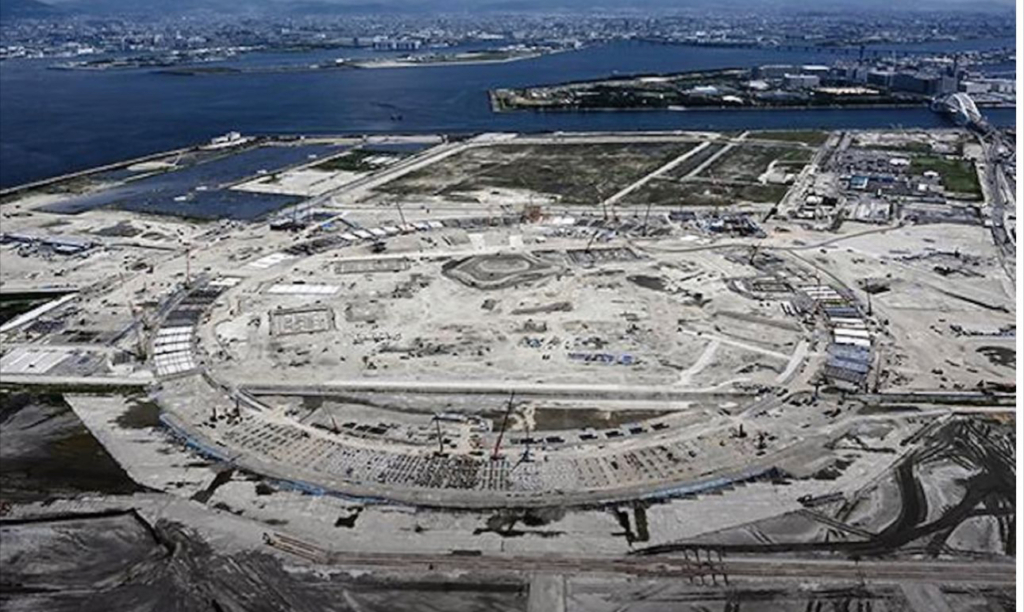
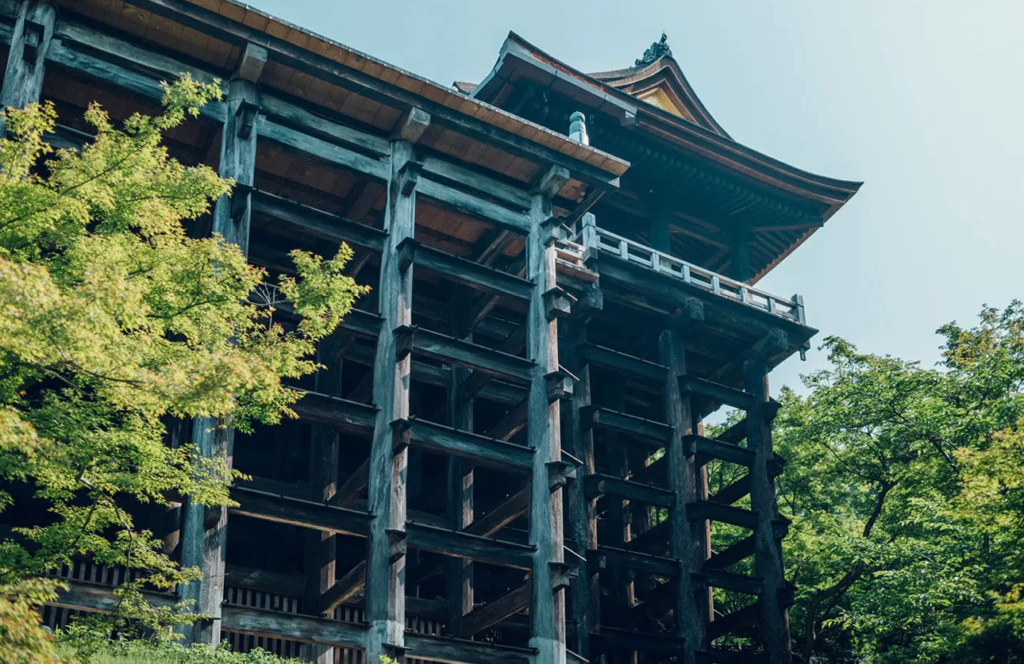
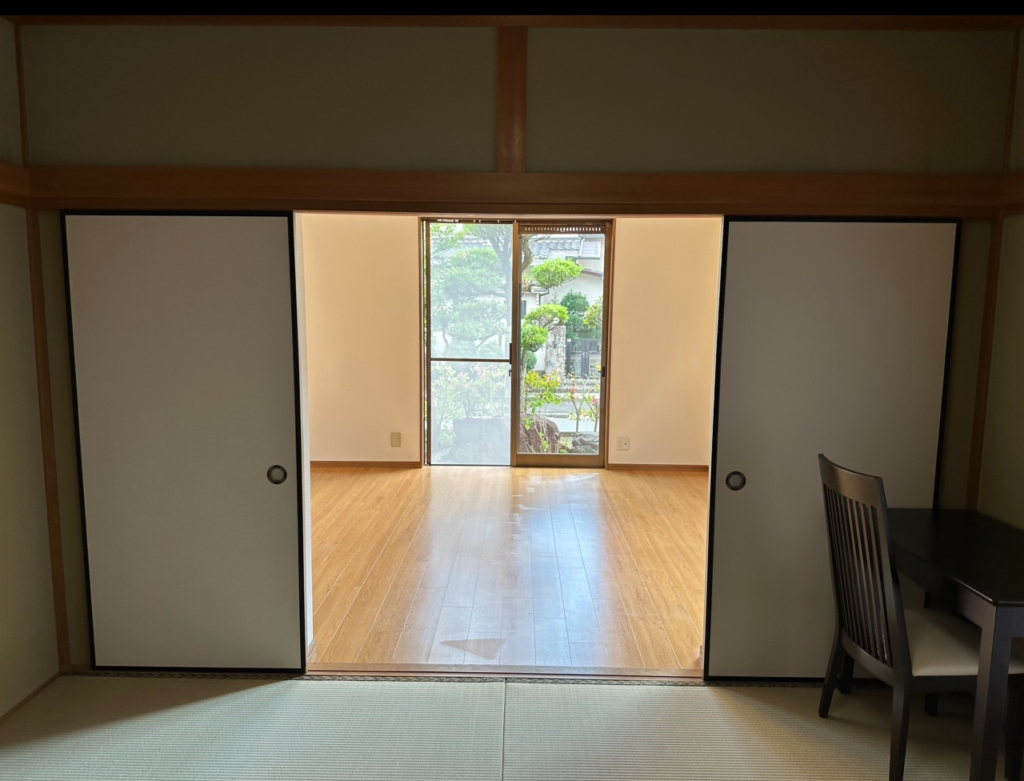
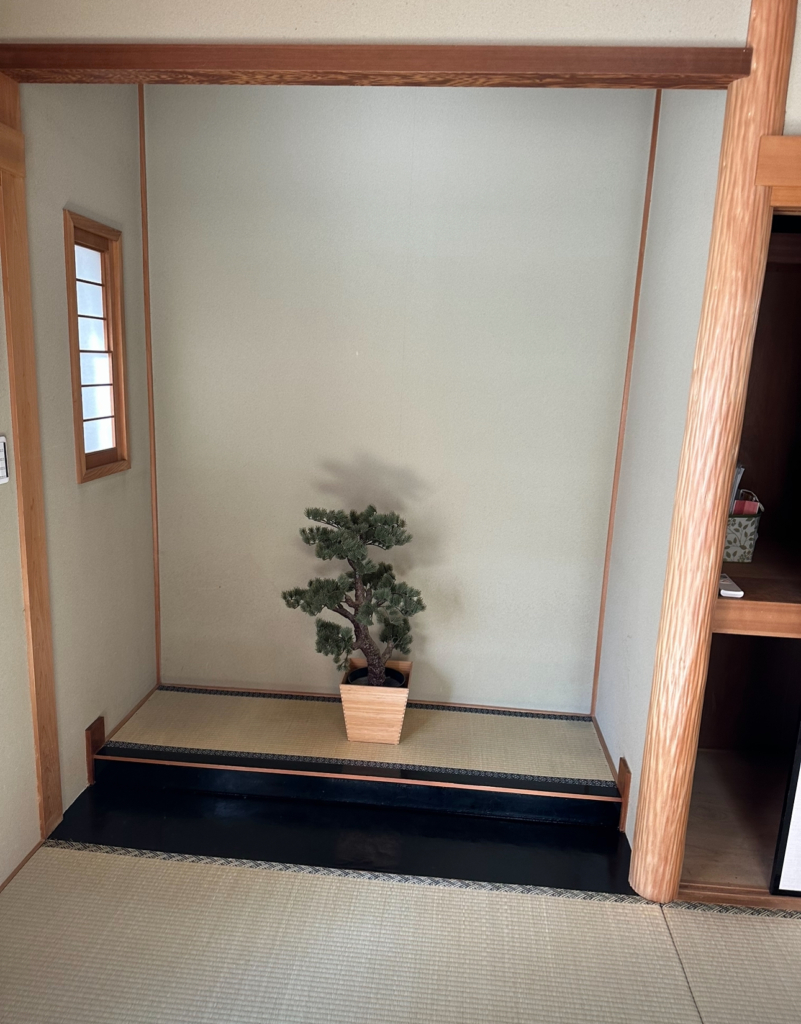 #Expo2025 #OsakaExpo #ConstructionEfficiency #SuitaCityProject #BuildingCosts #BrokerImpact #CostManagement #InfrastructureDevelopment #ProjectManagement #SkilledCarpentry #InnovativeConstruction
#Expo2025 #OsakaExpo #ConstructionEfficiency #SuitaCityProject #BuildingCosts #BrokerImpact #CostManagement #InfrastructureDevelopment #ProjectManagement #SkilledCarpentry #InnovativeConstruction